November 2018
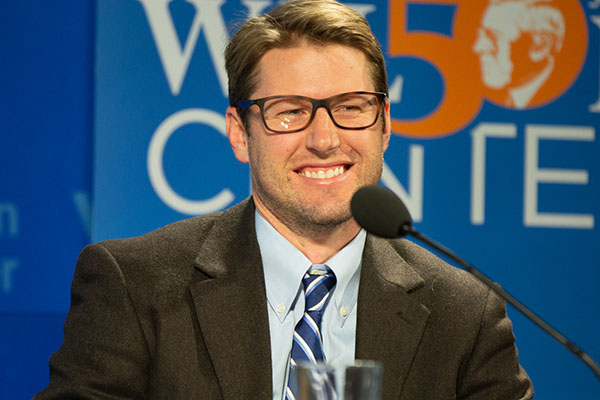
Water@Wilson: SWP’s John Parker on Transboundary Water Cooperation
November 29, 2018
Water is essential to human life. But as growing risks such as climate change and demographic shifts alter the realities of water resource management and WASH service provision, new challenges and opportunities arise. On November 28, experts gathered at the Wilson Center in Washington, D.C., to discuss the challenges of water insecurity that stand in […]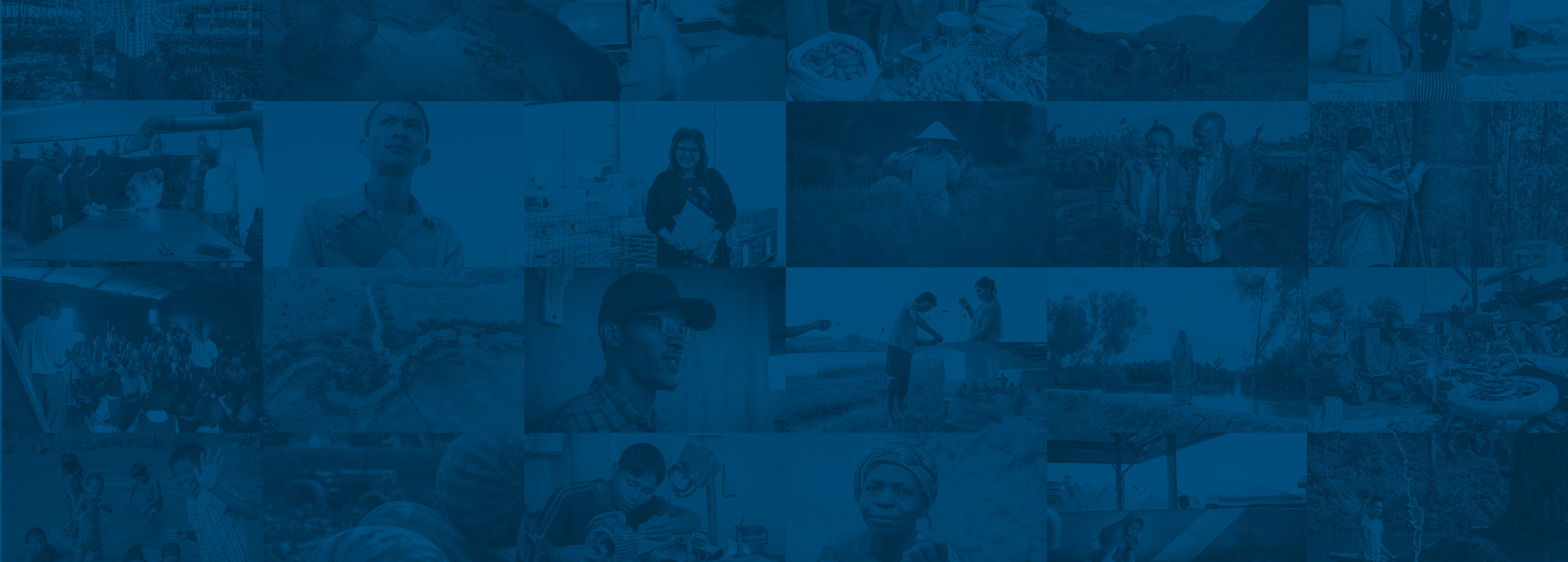
Winrock International Welcomes New Board Members
November 27, 2018
WASHINGTON, D.C. — November 27, 2018 — Winrock International, the U.S.-based national and international economic development organization, today announces the appointments of Paloma Adams-Allen, Lawrence S. Coben and Saud Siddique to its board of directors. Adams-Allen is president and chief executive officer of the Inter-American Foundation (IAF), an independent U.S. government agency that encourages partnerships […]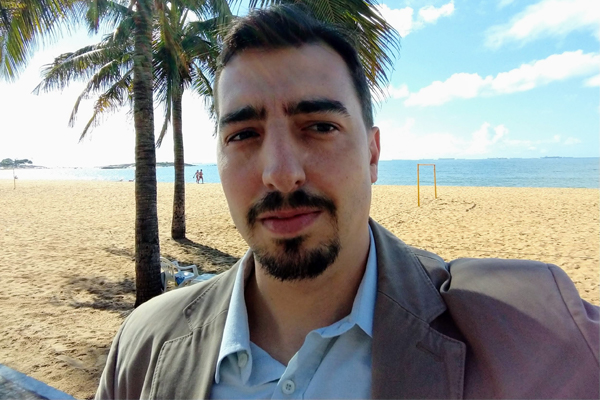
Winrock in Costa Rica
November 19, 2018
Draped in lush tropical rainforests, flanked by pristine beaches, and dotted with smoldering volcanoes, Costa Rica has become a beacon for nature-loving tourists and adventurers. It stands out from its neighbors as a prosperous and booming ecotourism destination, and this is no accident. Rural migration in the 1980s, followed by policies and outreach that shifted […]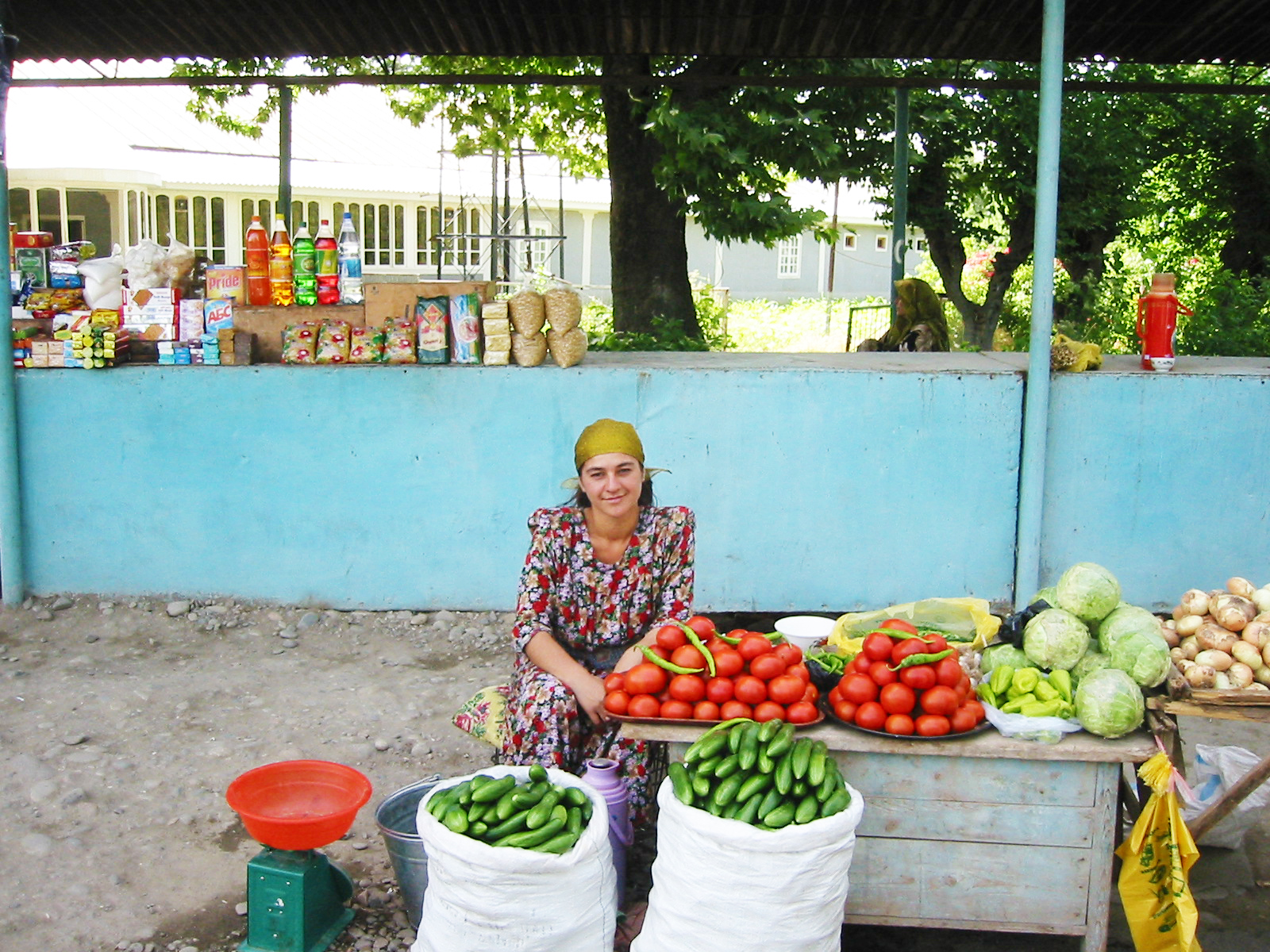
U.S. Government Launches New Agribusiness Project in Tajikistan
November 14, 2018
Dushanbe, Tajikistan, November 14, 2018 – The United States Agency for International Development (USAID) officially launched a new five-year project, the Agribusiness Competitiveness Activity in Tajikistan, in Bokhtar City. Chargé d’Affaires of the U.S. Embassy Kevin Covert and Deputy Governor of Khatlon Rajabov Rajabali welcomed more than 180 participants at the ceremony, including representatives from […]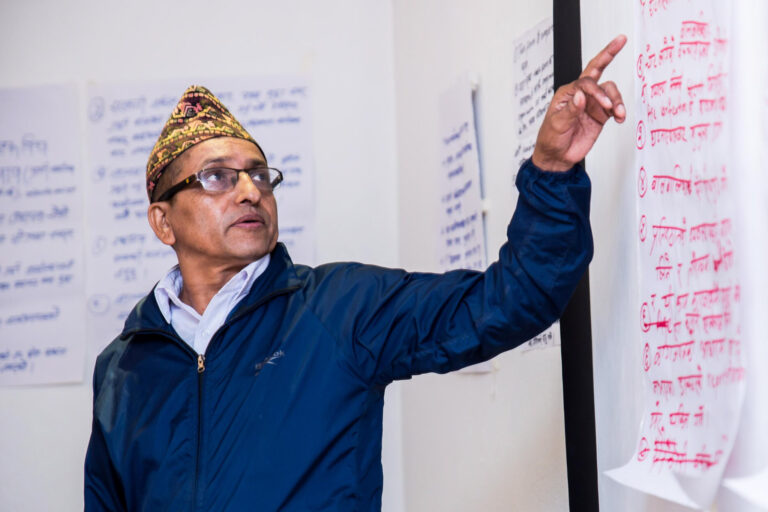
Getting ‘CLEAR’ About Child Labor
November 13, 2018
For the past four years, the CLEAR II team, represented by Winrock and its partners Verité and Lawyers Without Borders, has been working steadily to fight child labor. CLEAR II, which stands for Country Level Engagement and Assistance to Reduce Child Labor, aims to increase the capacity of host governments to reduce child labor. As […]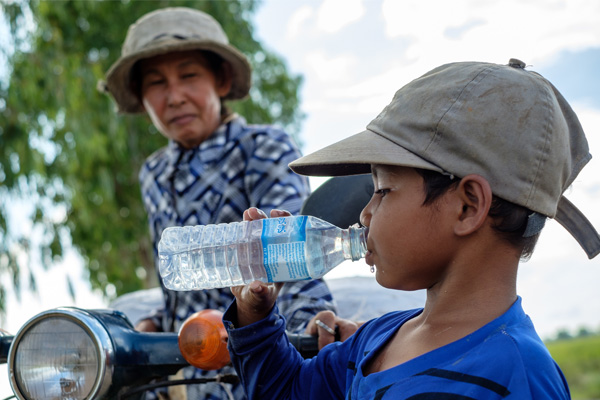
Winrock’s SWP & Water.org Partner for Water Security & Access in Cambodia
November 8, 2018
WASHINGTON, D.C. – November 8, 2018 – Water.org and the USAID Sustainable Water Partnership (SWP), implemented by Winrock International, will mobilize $4 million in microloans to improve water access, sanitation and hygiene (WASH) for 37,000 people in Cambodia’s Stung Chinit watershed. Families will have access to affordable microloans to construct piped water connections and toilets. Each repaid […]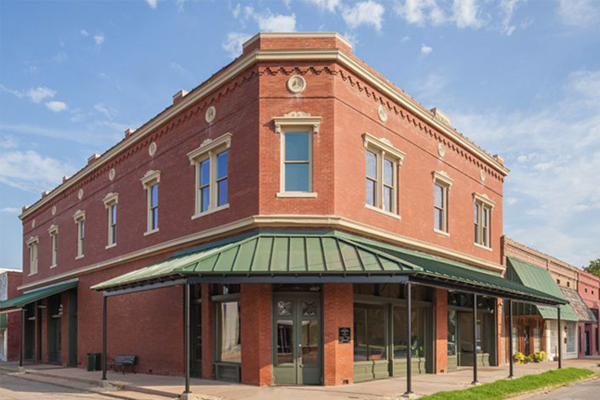
Loving Lake Village
November 6, 2018
Lake Village, Arkansas. It’s small, it’s rural. It’s one of my favorite places in the world. I first visited it as a Winrock employee 11 years ago. The people there welcomed me with wide open arms and made me a part of their family. I’ve shared many a dinner with Mayor JoAnne Bush and her family […]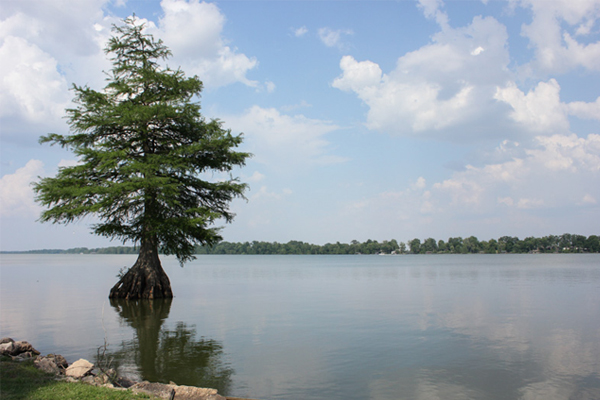
Lake Village, Arkansas: Small Town, Big Dreams
November 6, 2018
Lake Village, Arkansas, was recently named one of 12 finalists for the Robert Wood Johnson Foundation Culture of Health Prize. It beat out almost 200 other communities in this annual competition that awards $25,000 to the town that best transforms its neighborhoods, schools and businesses so that quality of life and quality of place flourish for […]